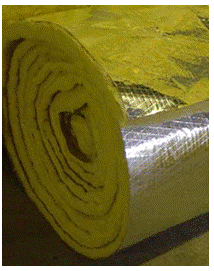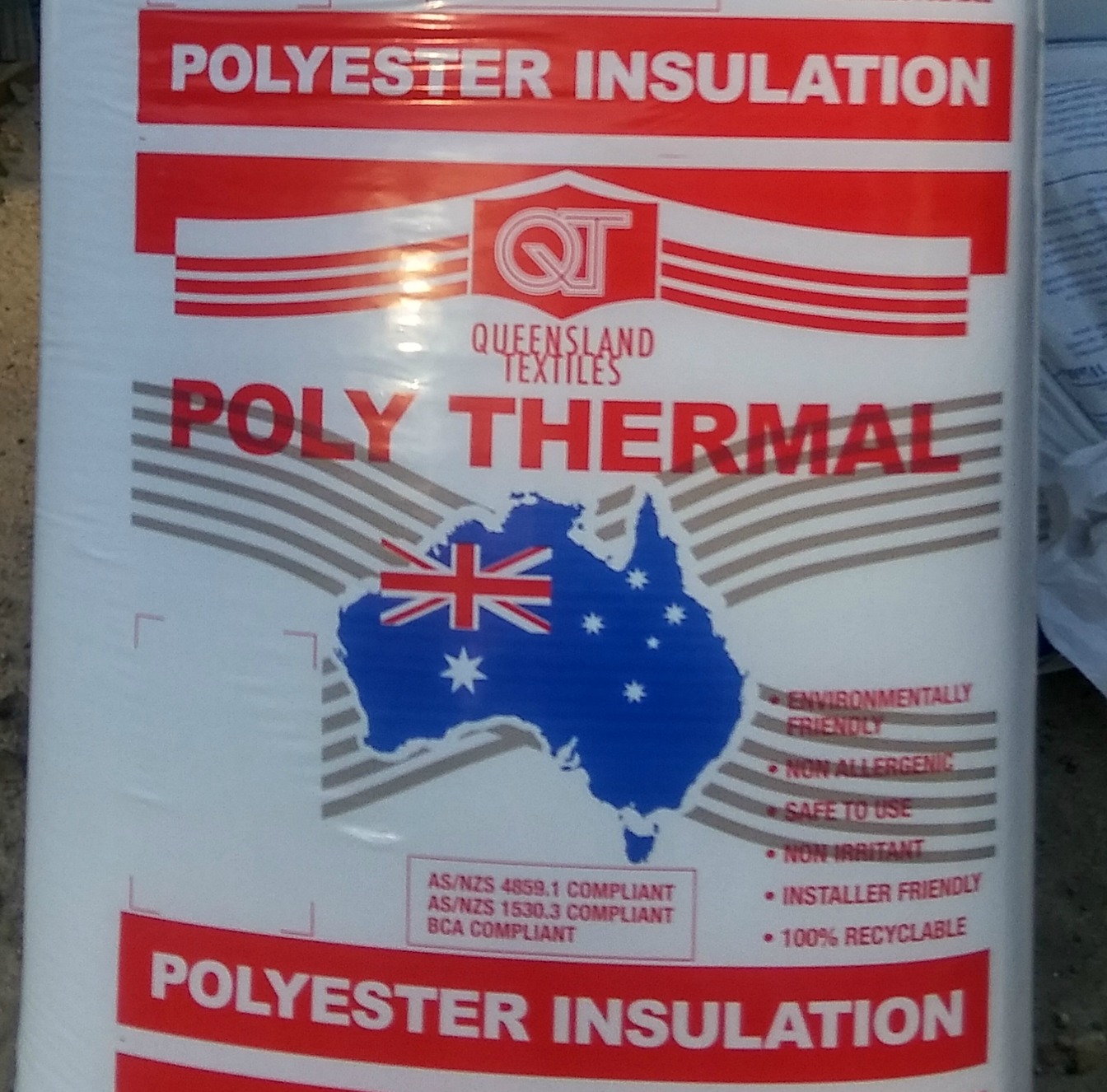Steel Frame House Insulation

This page describes steel frame house insulation tips specifically dealing with corrugated roofing. There are many ways to insulate a kit home, and finding the best insulation for homes gets down to looking seriously at most common types of insulation and choosing the solution that's right for you.
An owner builder should weigh up the circumstances of their site, climate, roof type and budget before specifying home insulation in their inclusions . Obviously in this day and age, attic insulation products are mandatory, so specifying roofing insulation with high end sisalation batts or similar will ensure your kit home inside temperatures remain stable in all weather.
Don't forget the many other types of insulation areas such as interior wall insulation and fireplace insulation, which all help to create pleasant living conditions no matter where you may live. In our journey so far to install the metal roofing we have installed steel battens, fascias and guttering
Effective insulation & R values
R
values are the measure of thermal resistance across an insulator ie the
ratio of the temperature difference and the heat flux (heat flow per
unit area). The bigger the number, the better the effectiveness of your
home insulation.
Typical house insulation R value is 2.5, but 3 to 4 is substantially better value.
Increasing the thickness of a roofing insulation layer effectively increases the thermal resistance. For example, doubling the thickness of fibreglass batting will double its R-value. This only works if the product is installed properly so squashing two layers of batting into the thickness intended for one layer will increase but not double the R-value.
Effective roofing insulation involves gap-less overlaps, maintaining air-gap widths (not compressing), sealing/taping, supporting with trusses/battens/wire, and importantly, all parts of the surface needs to be insulated. If you can't get to a space in the lower corner and you leave it uninsulated, heat and cold will roll in and render the job ineffective.
In addition, if the roof is done and
the sun hits the fascia and or the cladded wall in the afternoon, your
house will still be hot.
Types of steel frame house insulation
When selecting the best house insulation for homes, and particularly kit homes, make sure you research the current insulation market.
1. Fiberglass batts and blankets: Made from molten glass, usually with 20% to 30% recycled industrial waste. Batts are pre-cut to fit between ceiling battens and joists, and blankets come in continuous rolls.
2. Reflective and Radiant Barriers: Reflective aluminum foil is the most common material used as a radiant barrier and reduces the radiation of heat to or from the surface of a material.
 Sisalation for under roof
Sisalation for under roof Mesh wire to support roof sisalation
Mesh wire to support roof sisalation Joining tape
Joining tape Fastening gangnails
Fastening gangnails3. Reflective foil with bulk insulation blankets: This is a product that sees glasswool blankets bonded to reflective foil laminate. Typically used under metal deck roofs for home insulation, as well as condensation control and to reduce rain and hail noise. The insulation performance of the blanket will be highest if the foil faces a still air gap. There are few attic insulation products better than this.
4. Structural insulated panels: The panels usually consist of plywood, oriented strandboard, or drywall/gyprock glued and sandwiched around a core consisting of expanded polystyrene, and can be used for ceilings, floors, interior wall insulation, and roofs.
5. Cotton Batts: Cotton insulation is increasing in popularity as an environmentally preferable option. It has an R-value of around 3.7, a higher value than most fiberglass batts. The cotton is primarily recycled industrial scrap, providing a sustainability benefit.
6. Spray polyurethane foam insulation: Expanding foam which fills spaces behind walls and in gaps and cavities.
7.
Loose-fill cellulose insulation: Loose-fill materials can be blown
into attics, finished wall cavities, and hard-to-reach areas. Often
called 'spray in insulation' usually combined with water-based
adhesives.
8. Polyester Batts: Made from thermally bonded polyester fibre, odourless, reusable, fire-safe. No fibres!
Polyester Insulation Batts
Steel frame house insulation tips
- Do not compress bulk insulation. Try to maintain it's thickness as it looses R value the more it is compressed
- Keep uninstalled home insulation stored in a dry area before installation
- Make sure attic insulation products such as batts, are firmly butted/overlaped against each other or against joists, avoid gaps in the insulation around ceiling joists and wall frames
- Install reflective foil with an air gap of at least 20 mm width next to the reflective surface
- Keep insulation clear of wiring, cables and equipment using a separator.
- Do not cover electricals with insulation
- Stay clear of hot flues or exhaust fans (at least 200mm)
- Leave a 100mm gap around recessed light fittings
- Insulate internal walls between the house and uninsulated spaces such as garages and storerooms.
- Restrain blankets with wire mesh and or foil tape to prevent sagging and gaps occurring.
- Consider house wall insulation in more extreme climates.
- A ventilated roof will aid in climate control allowing built up heat to dissipate.
- Wear protective clothing, gloves and a face mask when installing glasswool, mineral wool or cellulose fibre insulation in confined areas.
Installing steel frame house innsulation
You will need gloves, a tape measure, a good knife or box cutter, foil tape, stapler or fasteners to install home insulation. Sisalation blankets are supplied in 15 metre (16yd)lengths and are 1350mm (4.5ft) wide so each section can overlap up to 150mm (6"). 7 rolls of foiled insulation covers 100 square metres (1000 sq ft).
Most pros recommend laying lengths of light wire mesh down the trusses first to support and restrain the insulation. If you do use this method and you are a lone installer, only install one strip at a time so you retain access "through" the roof frame.
To get your length, get up on the roof frame and measure the length down the top chord of the truss to the just past the wall frame. In my case it was 7 metres, so less than half a roll, very convenient.
Cut your length then roll it back up and take it to the apex and allow it to roll down the truss fibreglass uppermost. You can use a fastening stapler, insulation fasteners or (aerosol) glue it to the trusses making sure you overlap it on the apex. Remember, any gaps will negate your good work. Trim the lower end of the blanket, tighten it down and fasten.
Make sure you use a good 150mm (6") overlap and tape gaps up if
necessary. If you are a lone roofer, it is wise to lay your metal roof
onto the blanket as you go. Select the correct product for your needs
from the 'types of insulation' section and check the above house
insulation tips to ensure effective steel frame house insulation.
So now go to our
metal roof installation
page to continue the roofing process. You can also review pages on
diy guttering.
You can also return to House Construction or go to Kit Home Basics homepage








